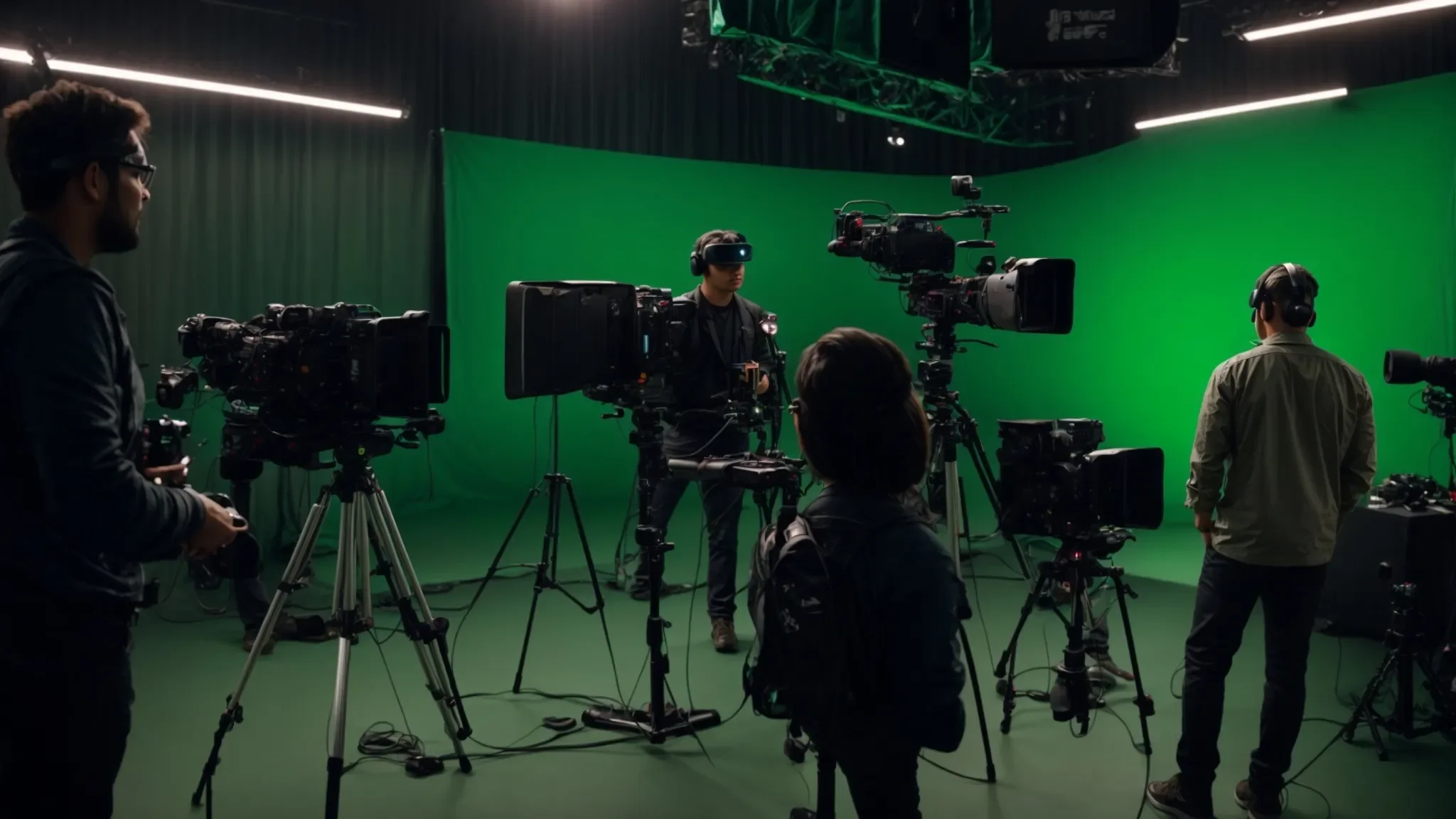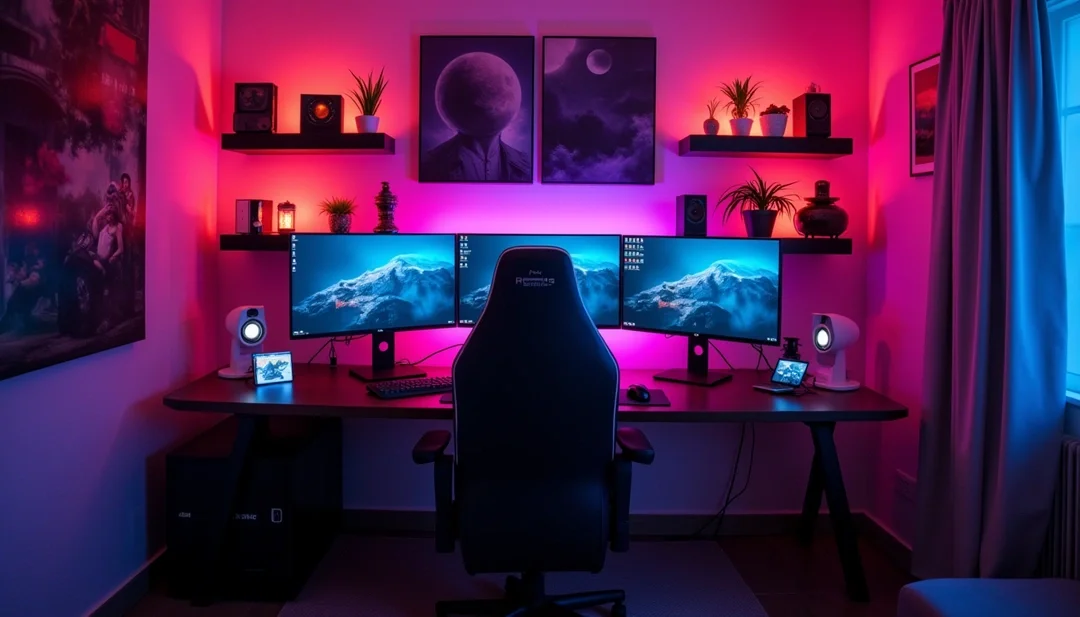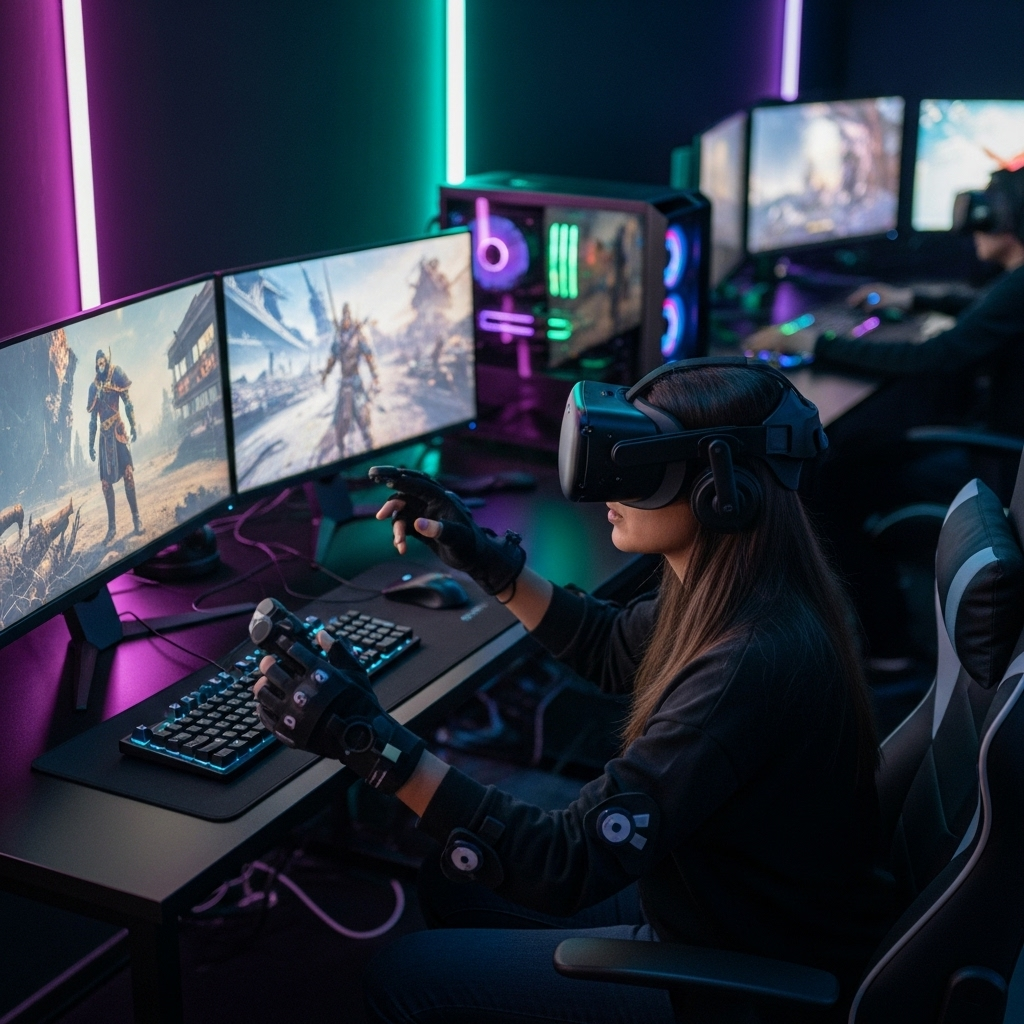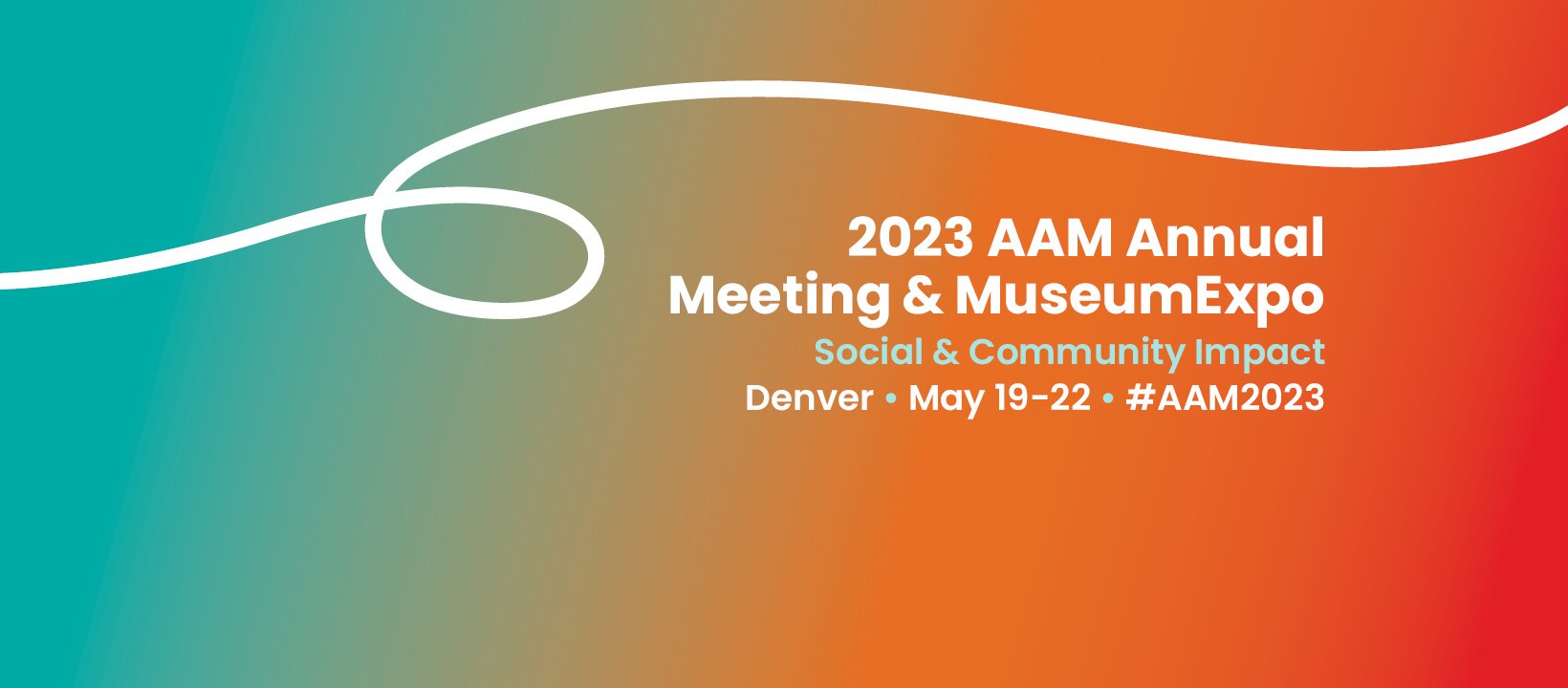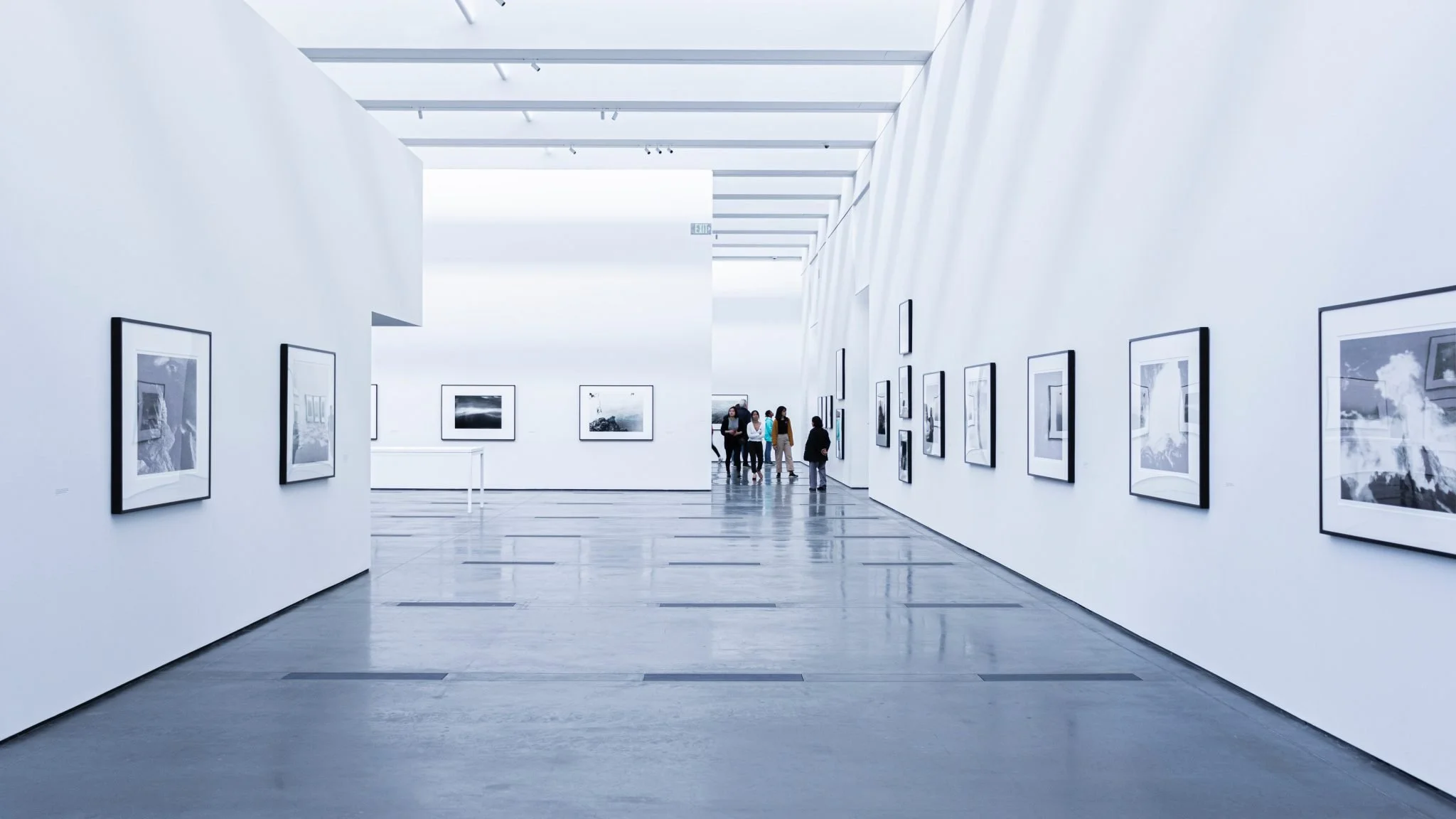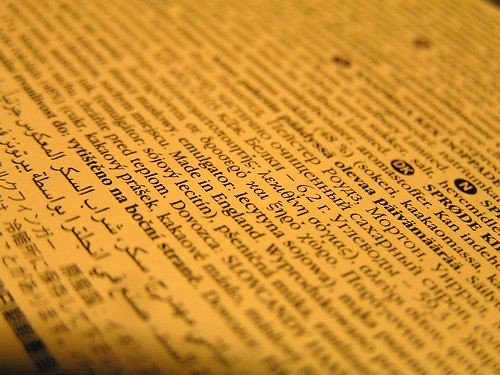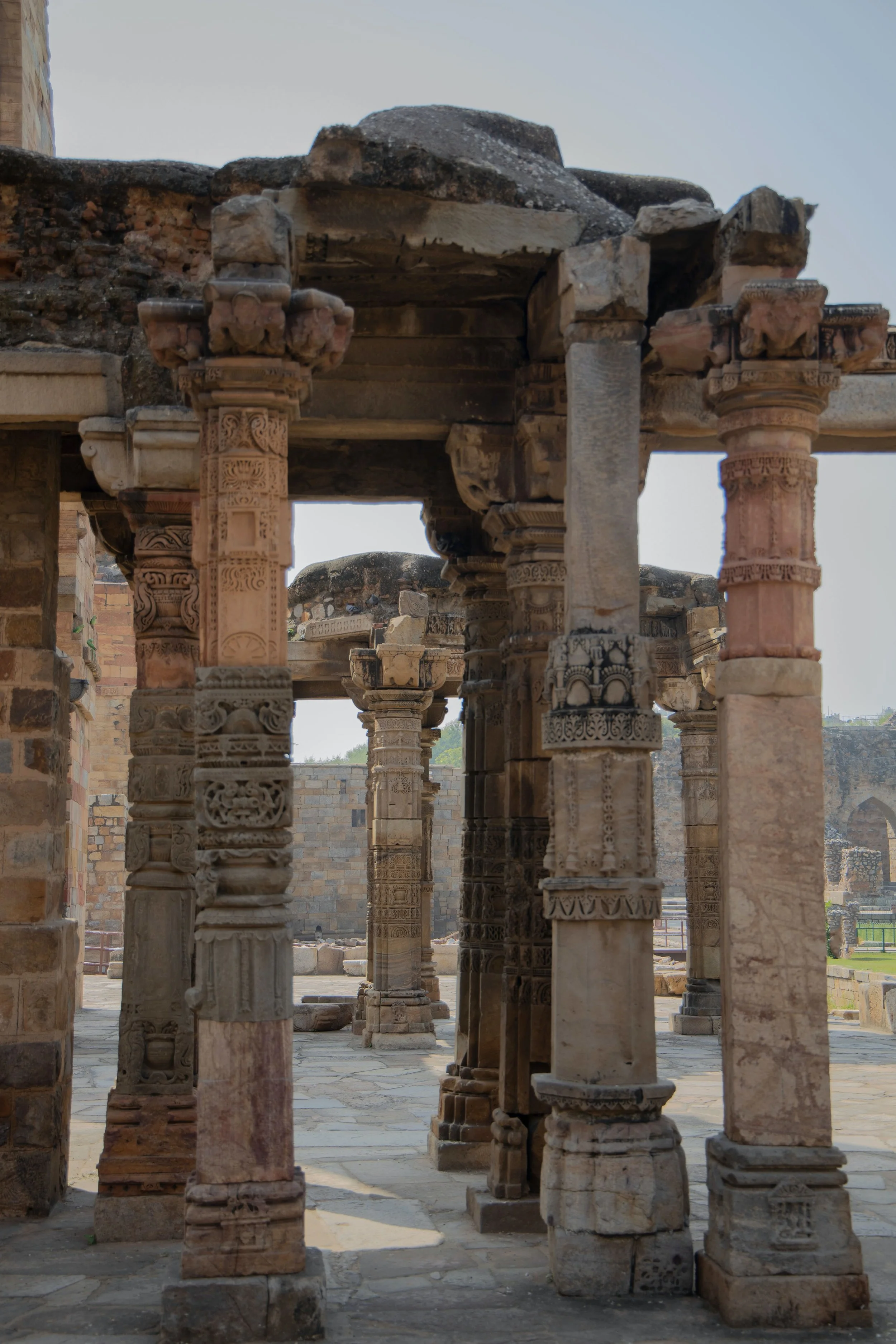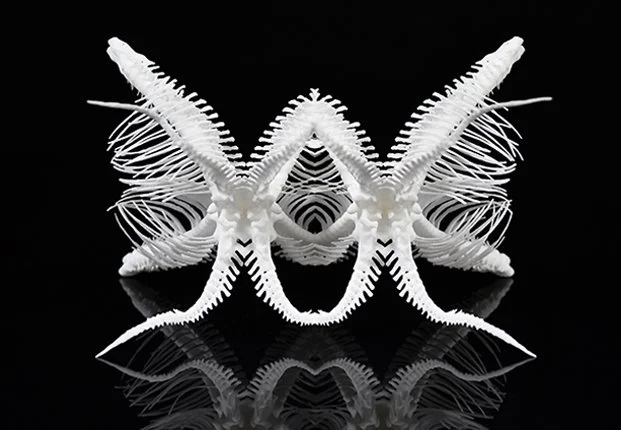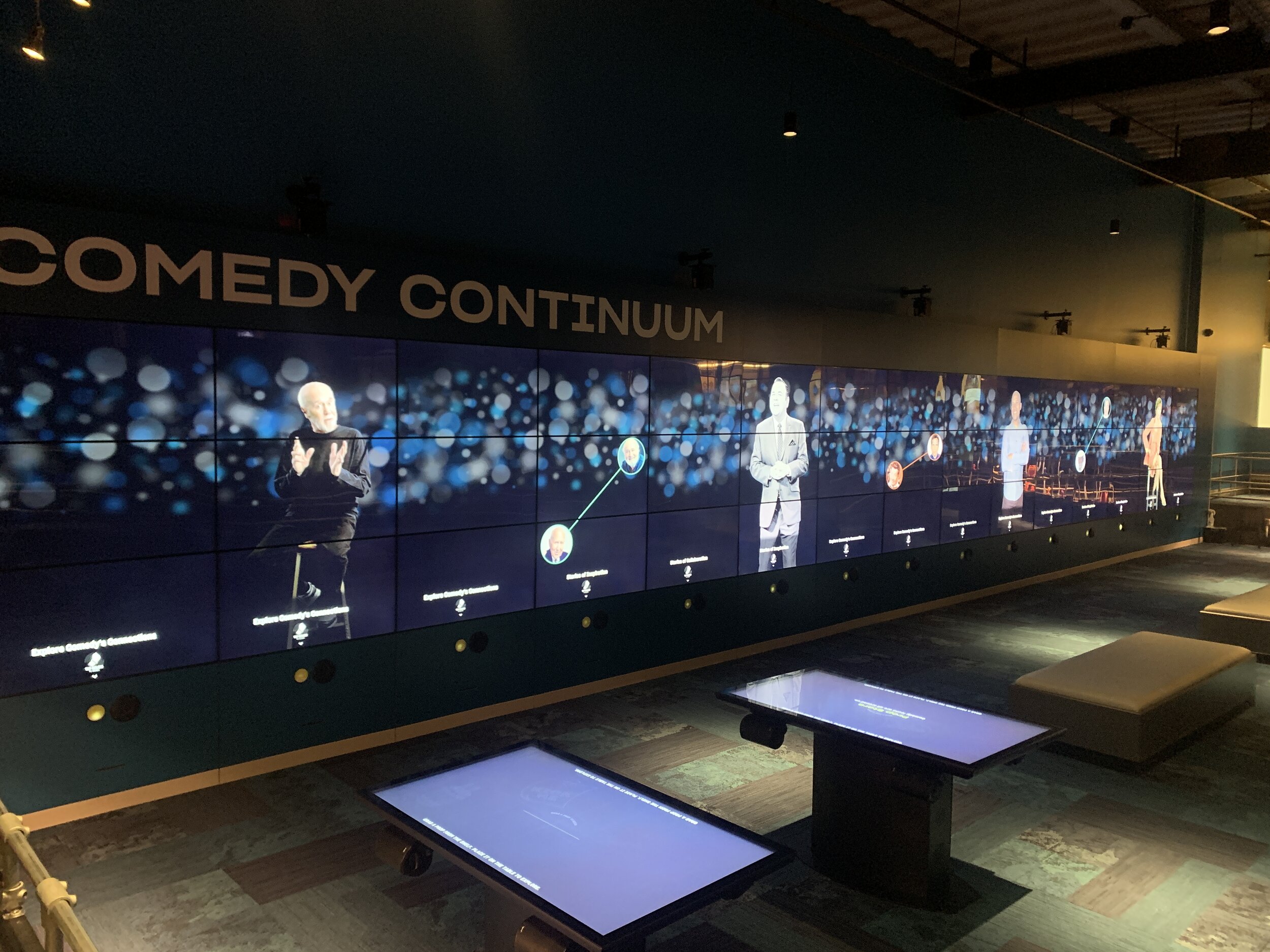The art world critically relies on trust and verifiable information for ownership, provenance, and authentication. Blockchain technology, with its decentralized, immutable, and transparent digital ledger system, presents a compelling solution. The technology can offer a powerful new way to ensure authenticity and track the history of artworks.
Psychological Impacts of VR Experiences and Their Implications for Museums
Climate Change: How Museums and Artists Are Changing The Narrative
Art serves various purposes, ranging from aesthetics, to therapeutic uses, to avenues for making powerful statements – including meaningful contributions to the conversation on climate change and climate advocacy. Here’s how some museums around the world are partnering with artists to use their voice surrounding climate advocacy through installations of art and technology.
American Alliance of Museums 2023 Conference Takeaways
Enhancing Museum Accessibility with GIS
2022 UX Design in Museums: How Are “Innovative” Exhibits Driving Attendance?
User Experience Designers in today’s world must discover new ways to evolve their work alongside the external challenges that they encounter. Since the Covid pandemic began, many museums have adapted their exhibits to be accessible online, allowing for continued traffic and artist exposure— from the living room couch rather than in person. How have levels of digital readiness compared to user experiences?
In the News: July 2022
July has been a whirlwind of a month at the intersection of art and technology. From possible successful legislation on data privacy in the US, to the Italian government putting its foot down on NFT sales, or just an AI making uncanny valley art that is starting to get a little too real, a lot has happened in the world. The spread of articles below give a glimpse into a small portion of the interesting events that have occurred this month!
Museums' Use of Natural Language Processing
Natural Language Processing is used by a variety of institutions, including the fine arts. For a review on its origins and use, read this article. Many museums are employing professional translation services. For instance, the Field Museum in Chicago uses a company called Multilingual Connections, and the Denver Botanical Gardens, South Florida Science Center, and the Metropolitan Museum of Art use a company called Eriksen Translation. That is, museums must pay for professional human translators in order to offer material in multiple languages. Besides machine translation’s promise of museums’ ability to better serve communities in America, the international museum industry also thrives off the ability to offer people a window into culture and identity that isn’t possible without accurate translations. The significant reduction of costs that would occur if machine translation improved would offer museums the ability to broaden their offerings and expand their visitor experience beyond their current capabilities.
Understanding Natural Language Processing
In a world where Siri can set alarms, give us directions, and look things up, shouldn’t machine translation be better by now? How does machine translation work? Why are museums still using human translation? And most importantly, what happens when machine translation is good enough that museums and other arts enterprises can use it without human oversight? Regardless of its shortcomings, Natural Language Processing has made profound developments within the past 5 or 6 years. While there is still much to be improved on, its integration into everyday life personally and professionally shows that this technology will only experience improvement in the future.
NFTs: Digital Renaissance or Death Knell of Traditional Art?
The hype around non-fungible tokens (NFTs) seems to be reaching a fever pitch. With news of certain digital art pieces selling for tens of millions of dollars and conjecture about what utility these tokens may have outside of the art world, for better or for worse, Web3 has arrived. These technological developments are not just demonstrating a technological evolution, though. They are also creating massive disruption across the visual art industry. The advent of NFTs is spurring a digital r
Be Bold and Transform: Takeaways from the 2022 Alliance of American Museums Conference
The 2022 Alliance of American Museums’ conference in Boston offered bold and transformative ideas that all arts organizations need to understand as they re-create their operations and strategies for 2022 and beyond. Recognizing that “Normal is not the goal post” is the critical first step. A summary of highlights from my point of view might inspire you, or at least offer excellent conversation starters in your next meetings.
The Key Role of VR in Preserving Cultural Heritage
Virtual reality (VR) has quickly become a mainstay for exhibiting arts and cultural organizations. When looking at it as a concept, “VR has the potential to simulate imaginative and existing physical environments along with their processes. The simulations can be tuned to a highest level of multisensorial realism in order to affect users' visual, auditory, tactile, vestibular, and even olfactory and gustatory senses.” But what does it mean to museums and cultural organizations, and how can it help the arts?
Open Access Initiatives & Its Impact on the Art World
According to the Western Museum Association, Open Access refers to efforts made by museums to provide high-resolution downloadable images free of charge to maximize the ability of the user to interact with, share, and reuse the images. In 2018, Douglas McCarthy, Collections Engagement Manager at Europeana, and Dr. Andrea Wallace, Senior Lecturer in Law at the University of Exeter, set out to see how many cultural heritage institutions make their digital collections available for free use, as well as how they do it. The pair created a Google Sheet survey that has listed over 1,200 international institutions, including Galleries, Libraries, Archives, and Museums. Over one-third of these records name specific Museums. While Open Access encompasses numerous industries, this article focuses Open Access technology and usage in the context of Museums and Artists.
VR and Cultural Heritage Recreation
As museums and heritage attractions are restricted by distancing and capacity rule during the COVID-19 pandemic, digital strategies undoubtedly gather more interest than ever before. Virtual Reality (VR) has been put to use in the cultural sector a way to deliver exciting and immersive exhibitions. The communication between archaeologists and technicians is critical for the accuracy of the VR reconstruction and museums should work closely with their technology team and emphasize their obligation to public education in these creations. This insures that museums can keep the integrity of cultural heritage exhibits while providing an exciting and immersive educational experience of the past with technology that looks toward the future.
Implementing Gamification for Museum Engagement
The pandemic changed the art ecosystem, including the use of gamification in museums. With gamification, the museum experience expands beyond the memory of looking at art or artifacts to the feelings of enjoyment that a game or activity evokes. This articles looks at examples of gamification in museums from around the world, including both low-tech and completely online experiences.
Throwback Thursday: Reimagining the Museum Experience
Connections and Gaps between Artists’ and Institutions’ New Media Preservation Efforts
Media art, which frequently involves data, software, or electronic devices, keeps facing the challenge of technological obsolescence. Since preservation and conservation are fields often dominated by museums and similar organizations, a contrast exists between personal and institutional practices. In some cases, artists rely on museums for technological support. This article looks at new media artists’ firsthand experiences and media artworks donated to the MoMA.
An Investigation Into New Media Artists' Personal Preservation Practices
Relying on electronic devices and digital files, new media artworks are sensitive to technology’s constant upgrades and possible obsolescence. A single dysfunctional file may lead to the permanent loss of an artwork’s content. Aware of such vulnerabilities and urged by their duty to care for objects for future generations, museums have established various initiatives for collecting and preserving media art and have also started encouraging artists to adopt preservation practices themselves. Given all the different approaches, this article investigates major strategies and tactics adopted by artists who advocate for new media art preservation as part of artistic practices.
Translating Events, Exhibitions, and Experiences into Digital Products
With the first two quarters of 2020 seeing visual arts spaces losing between 31-73% of revenue and 15-74% of full-time/contracted employees, various audiences, from artists to consumers have been turning to digital platforms to engage in cultural or entertainment offerings (Art Dealers Association of America). The range of these technological platforms and applications have been vast, with many interesting case studies to focus on. In this article, we will be focusing on how visual artists have used social media, video games, and other digital applications to capture audiences that they otherwise would not be able to access without technological means.
The National Comedy Center: The Most Interactive Museum (To Date)
The National Comedy Center is the '“first non-profit institution and national-scale visitors experience dedicated to the art of comedy,” but it does the genre justice appealing to both fans and non-fans (Variety). The museum opened in 2018 and has already been praised as one of the best museum experiences in the country, holding a 5 star ranking on trip advisor.

